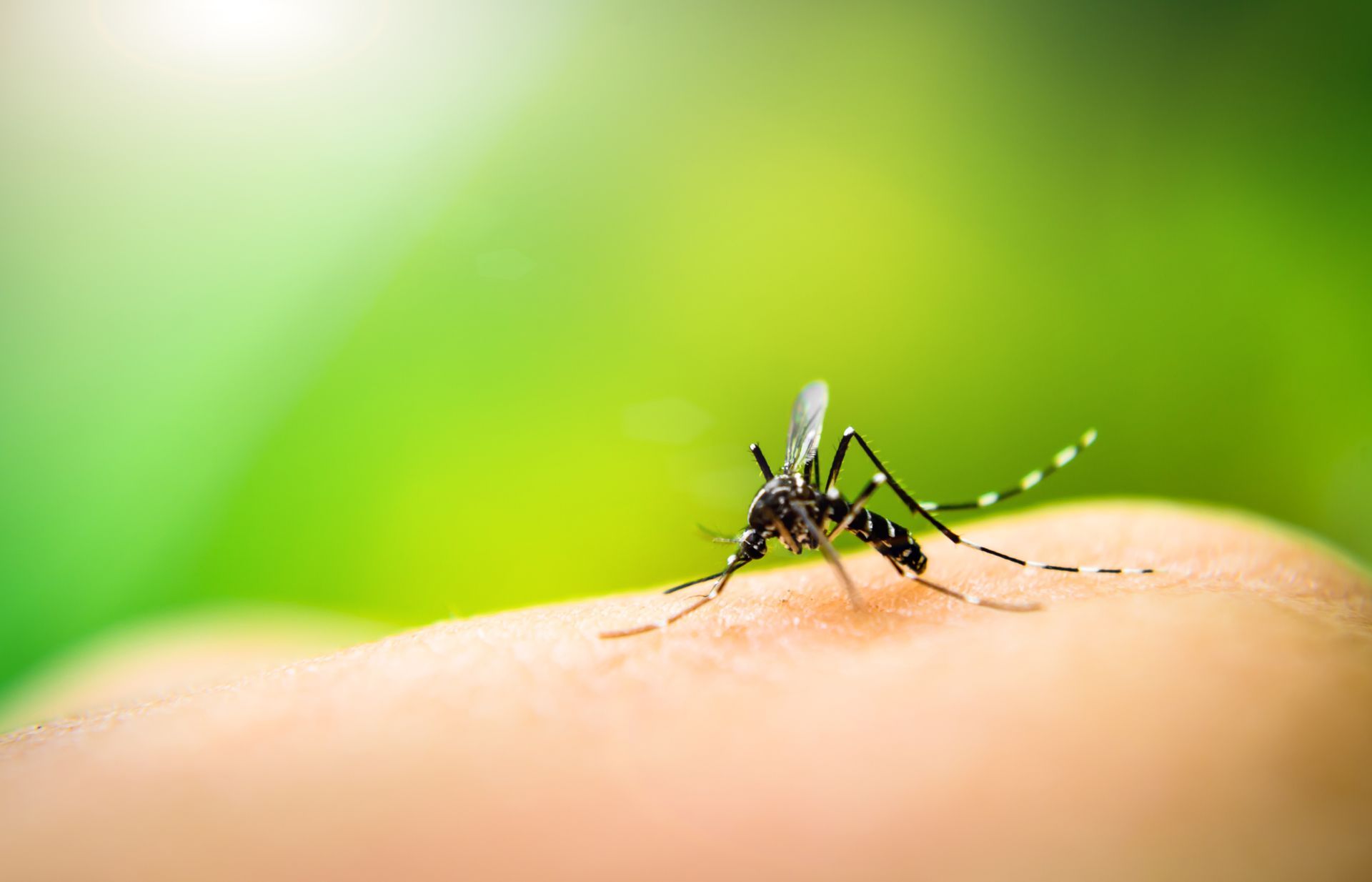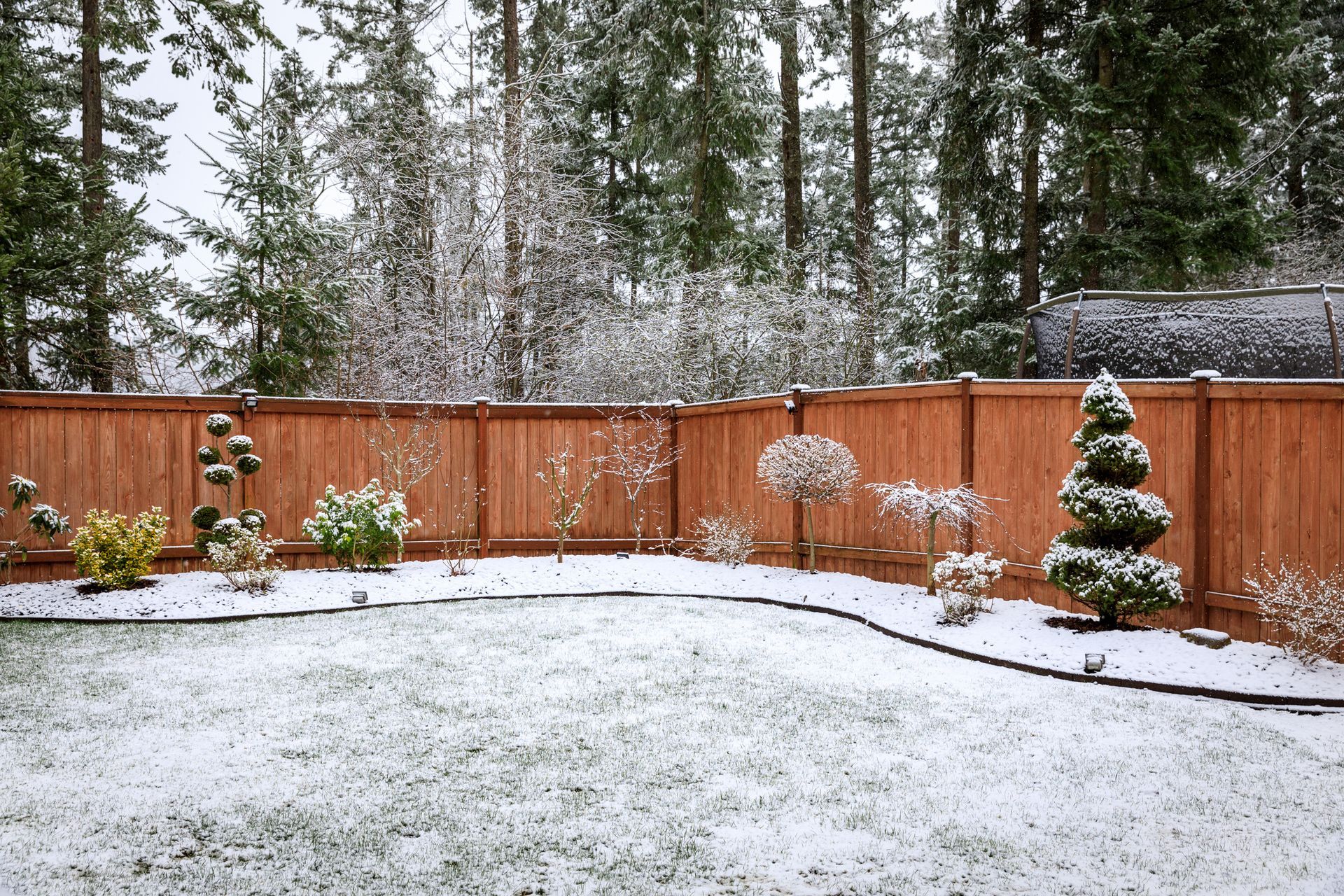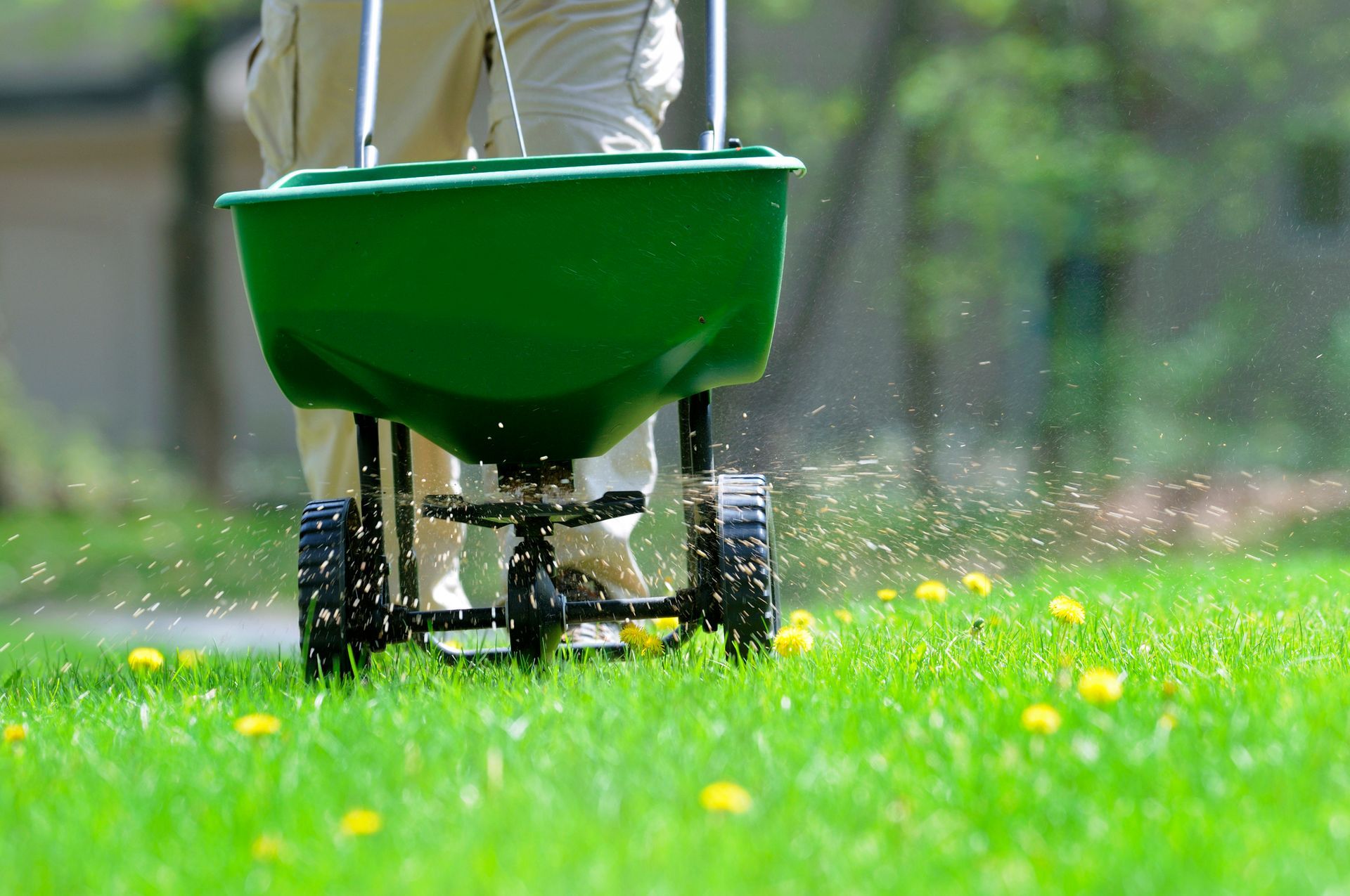Your Guide to Identifying Common Lawn Diseases in Chattanooga, TN
Common Lawn Diseases in Chattanooga & How You Can Prevent Them
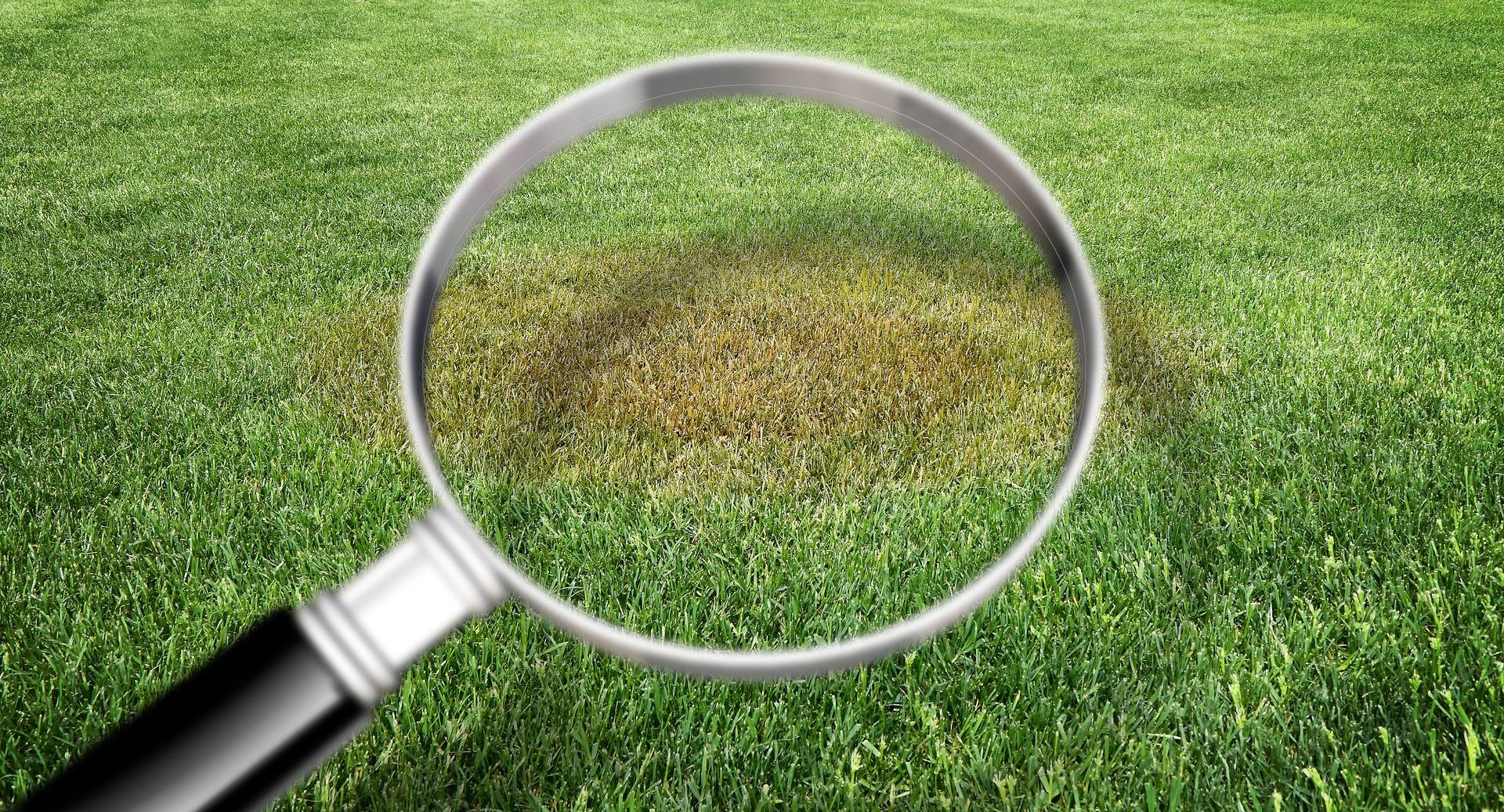
Maintaining a beautiful, healthy lawn in Chattanooga can be a challenge, especially when lawn diseases threaten to take over. From unsightly brown patches to powdery mildew, understanding these common lawn diseases and how to prevent them is key to keeping your yard lush and green year-round.
Common Lawn Diseases Attacking Your Chattanooga Lawn
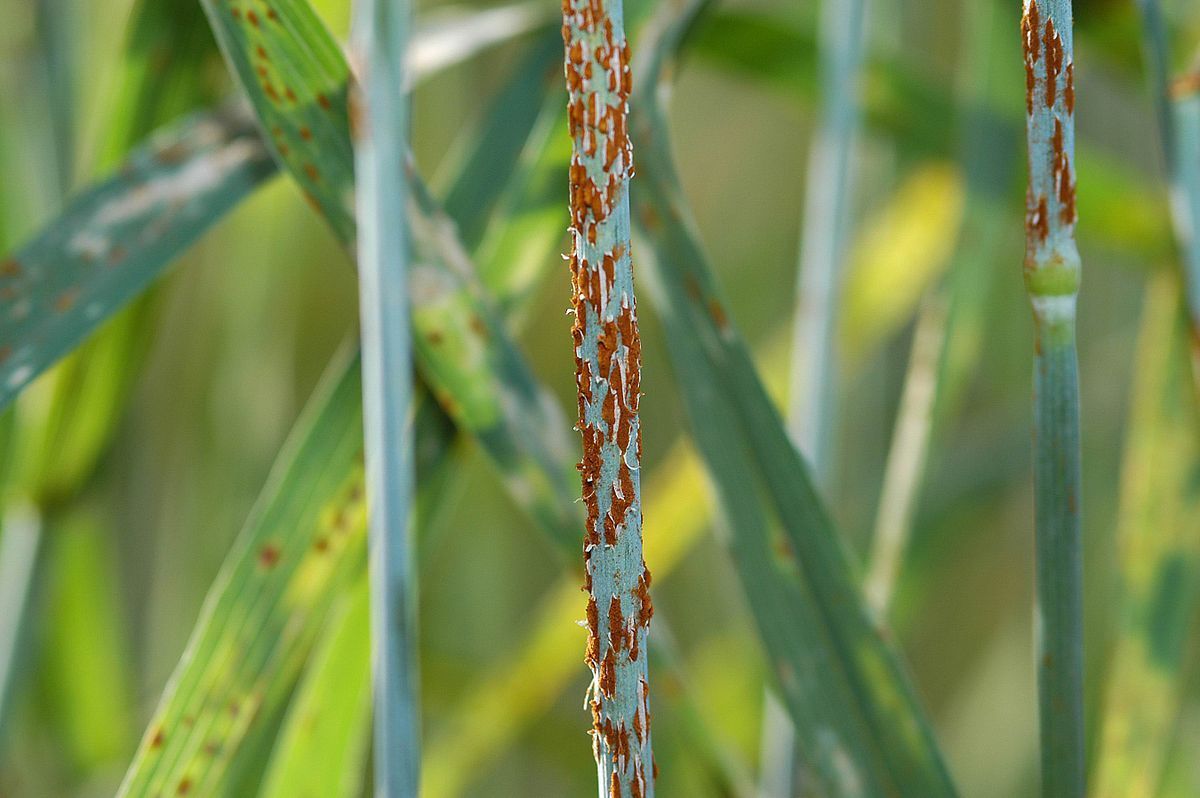
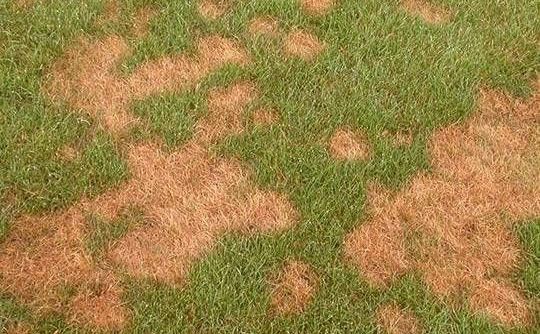



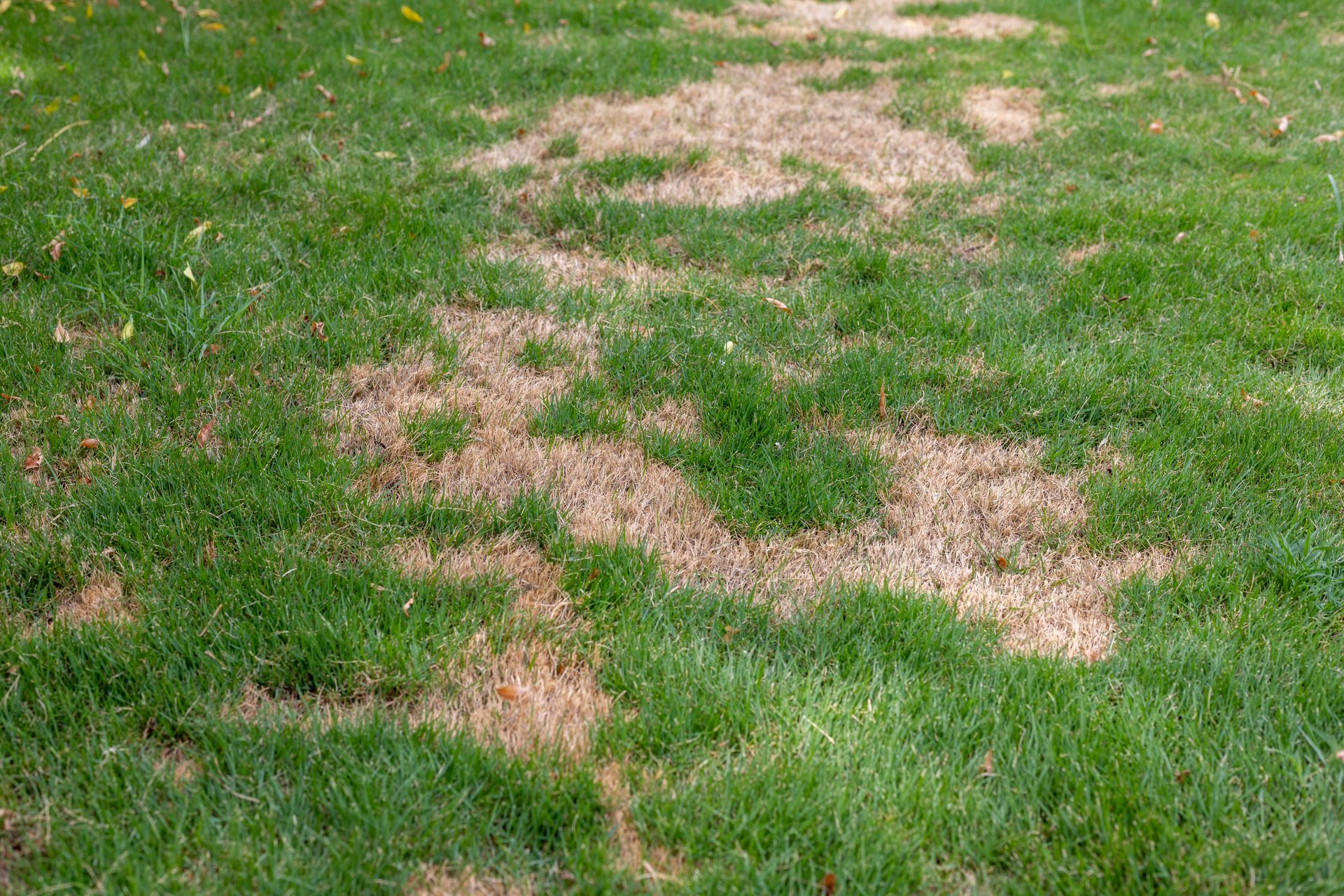


Rust Disease
Rust is a common lawn disease caused by fungi in the Puccinia genus. It appears as orange, yellow, or reddish powdery spores on grass blades, which can rub off on your shoes or mower. Rust thrives in low-nitrogen soils and during periods of warm days and cool nights. Left untreated, it weakens grass, making it more vulnerable to other diseases and pests.
Pythium Blight
Also known as "grease spot," Pythium blight is caused by Pythium fungi and is most common in humid, wet conditions. It forms water-soaked, greasy-looking patches on the grass that can quickly turn brown and die. This disease spreads rapidly, especially in poorly drained areas or during heavy rainfall, making early intervention critical.
Anthracnose
Anthracnose is a fungal disease caused by Colletotrichum cereale, which affects cool-season grasses, particularly during periods of heat stress. It presents as yellow, tan, or brown patches on the lawn, often with thinning or dying grass. Anthracnose can appear as a foliar blight or a basal rot, where the fungus attacks the base of grass stems, leading to widespread damage if untreated.
Red Thread
Red thread is caused by the fungus Laetisaria fuciformis and is often seen in lawns with nutrient deficiencies, especially nitrogen. This disease is characterized by thin, reddish-pink threads forming on grass blades. It typically affects cool-season grasses and appears in patches during cool, moist weather.
Fairy Rings
Fairy rings are caused by various soil-dwelling fungi and appear as circular patterns of darker green grass or, in some cases, mushrooms. These rings can range from a few inches to several feet in diameter. While not always harmful, they can disrupt the appearance of your lawn and sometimes lead to dry, dead grass in the ring’s center.
Brown Patch
Brown patch is a widespread lawn disease caused by the fungus Rhizoctonia solani. This disease thrives in warm, humid environments, making it a frequent issue for Chattanooga lawns. It typically appears as circular patches of brown, dead grass surrounded by a darker “smoke ring.” Brown patch often targets cool-season grasses like fescue and can spread quickly if untreated.
Dollar Spot
Dollar spot is another fungal disease that creates small, silver-dollar-sized patches of brown or straw-colored grass. This disease thrives in lawns with low nitrogen levels and during periods of high humidity and warm temperatures. Over time, these spots can merge, creating larger, discolored areas.
Powdery Mildew
While powdery mildew can attack various plants, bluegrass is particularly vulnerable. This disease is caused by the fungus Erysiphe graminis and spreads through airborne spores. Powdery mildew appears as a white, powdery coating on grass blades and is often found in shaded, damp areas with poor air circulation.
How to Prevent Lawn Diseases
Preventing lawn diseases involves maintaining a healthy, well-cared-for lawn. Here are some tips to keep your grass disease-free:
1.Water Properly
- Water deeply but infrequently to prevent over-saturation.
- Water early in the morning to allow grass to dry during the day.
2. Mow Correctly
- Keep mower blades sharp to avoid tearing grass.
- Mow to the recommended height for your grass type to keep it strong and resistant.
3. Fertilize Appropriately
- Use a balanced fertilizer to ensure your lawn gets the nutrients it needs.
- Avoid over-fertilizing, which can encourage fungal growth.
4. Aerate Your Lawn
- Aerate compacted soil to improve drainage and airflow.
- Aeration allows water, nutrients, and air to reach the roots more effectively.
5. Reduce Thatch
- Remove excess thatch buildup to prevent fungi from finding a place to grow.
6. Improve Air Circulation
- Trim overhanging trees or bushes to allow more sunlight and airflow, especially in shaded areas.
7. Apply Fungicide if Needed
- For severe cases, apply fungicides designed for the specific disease affecting your lawn. Consult GroGreen Inc. for the best products and application methods.
Trust GroGreen Inc. To Keep Your Lawn Healthy
If you’re dealing with lawn diseases or want to prevent them from taking over, GroGreen’s professional lawn care services in Chattanooga, TN, can help. Our customized treatments address your lawn’s unique needs, ensuring it stays healthy, vibrant, and disease-free year-round.
Contact us today to schedule a consultation and give your lawn the care it deserves!



